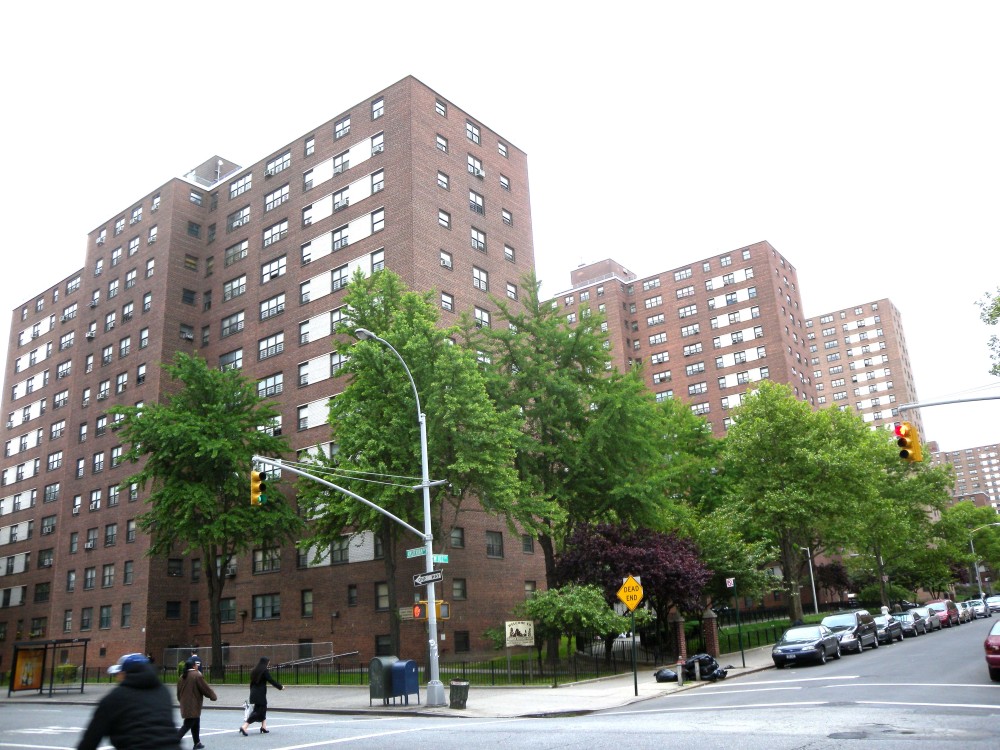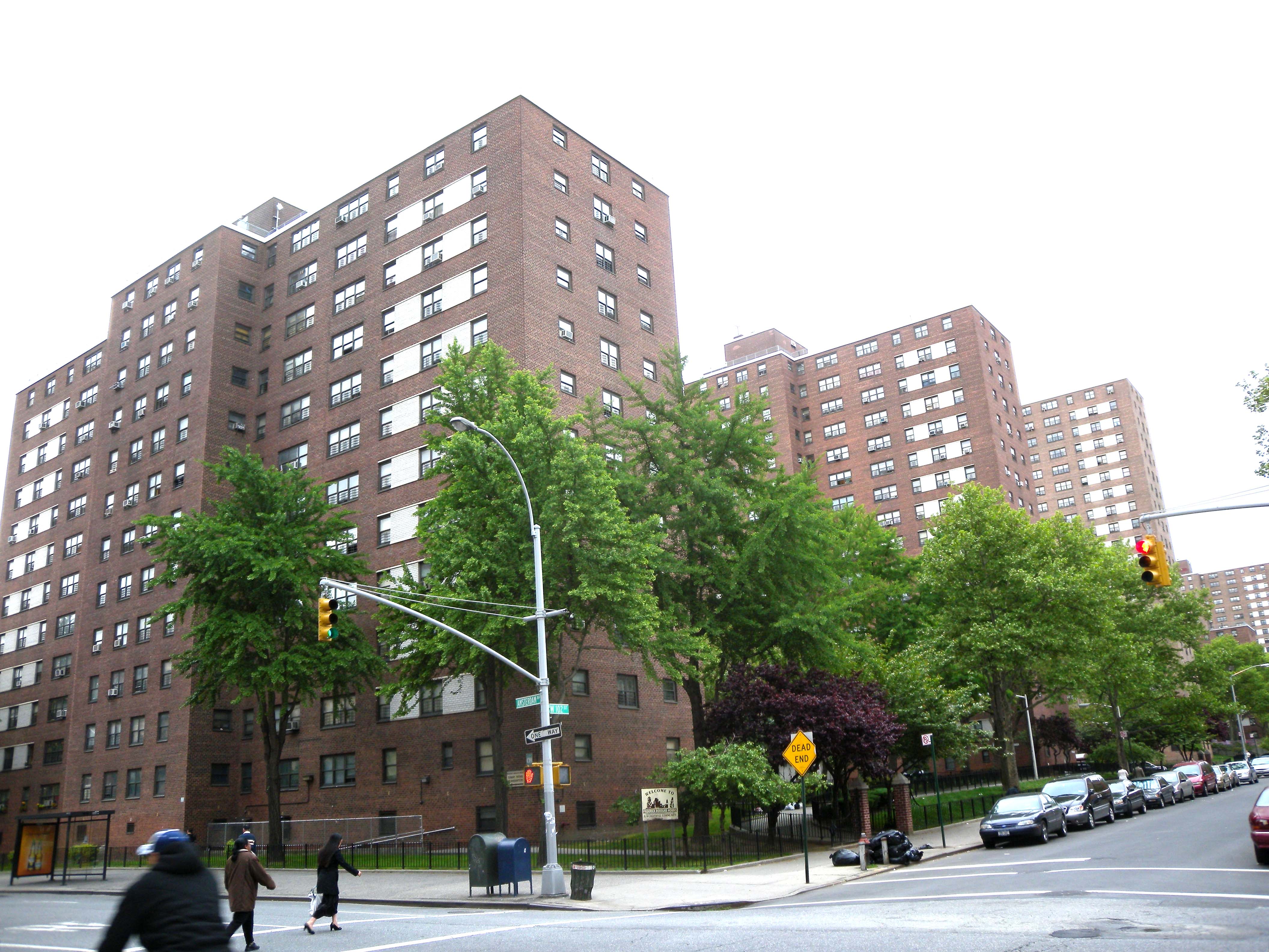
Malcolm B. Morse, Contributing Editor
In the U.S. market economy, rent control, a policy designed to ease the burden of rent for populations that can neither afford the rising costs of housing nor the cost of moving, allows for a fuller development of personhood among tenants by addressing need, preference, and diversity within the urban neighborhood. Margaret Radin writes in her 1986 article “Residential Rent Control†how the policy benefits urban society through acknowledging the personhood of tenants, especially low-income and minority populations. In opposition to rent control, some economists argue that the housing market sans government interference would adequately provide housing for low-income urban populations, however, the failure to acknowledge the double helix of class and race in American society casts doubt on the truth of this claim. The market economy tends not to address the needs of populations with limited resources to exchange, and rent control is meant to help ameliorate this problem within the housing market.
Out of the many different demographics of renters in the U.S., one could argue that the poor who cannot afford to frequently move from place to place need the protection of rent control the most. Low-income family households, particularly those with children have the most to gain from rent control as it provides a stable living environment, which correlates to better performance in social and academic development. Modern cities are responsible for providing conditions for the proper development of its residents regardless of their socio-economic status or race, especially the development of its most precious and vulnerable resource: the children.
Rent control greatly benefits minority tenants who have lived in their apartment for an extensive period of time and formed a deep bond with their community. Minorities tend to make up the bulk of the poor urban population making a safe community increasingly necessary for survival since these households have very limited resources. Though in many instances these neighborhoods are indeed unsafe due to the neglect caused by suburbanization and white flight in the latter half of the twentieth century, rent control may at least allow minorities to insulate themselves from the threat of racial discrimination on a street-level.
However, while many residents may argue that living in a section of the city with a highly homogenous population builds a sense of community and provides support for individuals, it is hard to deny the ultimate benefit of a diverse living environment to the healthy development of people in the increasingly globalizing culture that defines modern reality. The effect of rent control on racial segregation is indeterminate at best; however, evidence does show that while it provides opportunities for a small amount of low-income households to live in more affluent parts of cities, the majority of poor families become concentrated in poor areas of cities. These poor families are disproportionately minority, which illustrates that while rent control can support these disadvantaged groups on a micro-urban scale by providing homogeneous community, it can simultaneously produce racial segregation on a macro-urban scale.
Rent control, at its core, addresses the issue of neighborhood diversity and this needs to be the new framework through which the topic is discussed. Thusly, solely focusing on the measure of income-level does not adequately address the issue of diversity because socio-economic status is only one indicator among many. Those who argue socio-economic status as sufficient on its own must also acknowledge the level of collusion between race and income-level in the United States and the pseudo-institutional racism that persists in today’s “post-racial society.†Statements about inclusionary housing are being made but not in their proper context. In the United States, to say that (in the urban environment) rich and poor should cohabitate in order to produce a more harmonious society is tantamount to this expression: “In order to produce a more harmonious urban environment, majority and minority must become comfortable with living together†and, in this sense, “together†means close enough to share the same amenities and gain the same benefits of city planning. The avoidance of this truth or the setting of a goal for rent control that falls short of it is a sham and another instance of minority pacification and the reinforcement of de facto racial segregation.
Malcolm B. Morse is a Master of Urban Planning candidate at NYU Wagner, specializing in economic development and housing. His areas of interest include affordable housing, land use, education and government. Prior to beginning his studies at Wagner, Malcolm completed a two-year teaching fellowship at Citizen Schools, an Americorps program that gave him the opportunity to teach sixth grade at Patrick Henry Middle School in Houston, Texas. He holds a Bachelor’s Degree in English and Political Science from Morehouse College.




